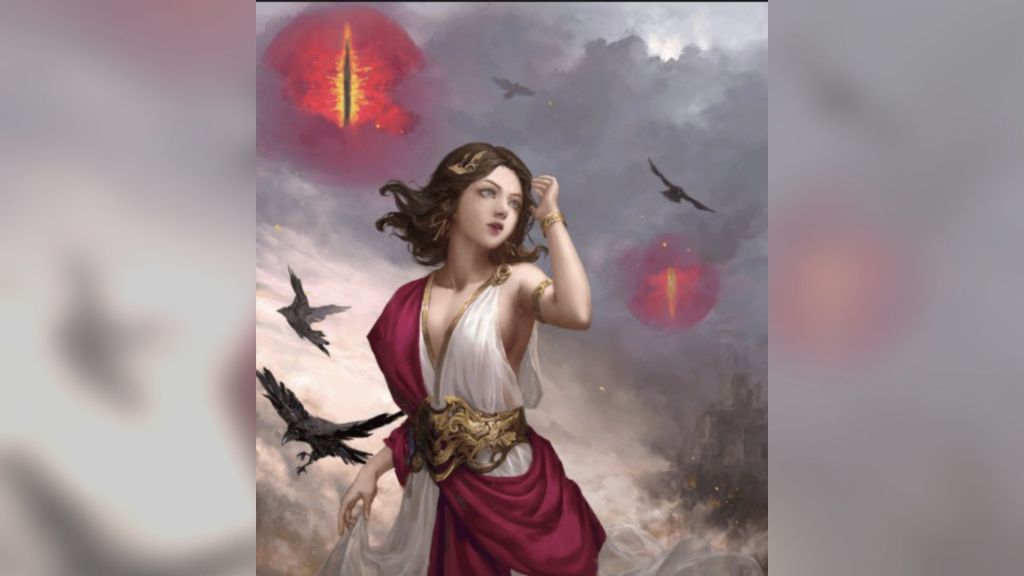There’s more competition in the art world than ever before. There are more artists, more artwork, more movies, and just more media in general. The problem of obtaining recognition, praise, and the ever elusive monetary support has always been hard for artists-now that we are awash (drowning?) in social media, the problem has grown more complex.
It’s never been easier to get some kind of press for your work, but it’s never been harder to truly stand out. Sure, that museum retweeted you, sure some blog covered your opening, but did anyone buy anything? Did anyone read the post?
Videos by VICE
Artist Sam Newell has built an interesting solution to the unique problems of an attention economy approaching its limits. His Algorithmic Tumblr Noworkflow is a Javascript and Applescript bot that randomly downloads images from imgur, modifies them, and then posts the results, creating an overload of abstract digital collages of varying degrees of interest.
Currently Noworkflow is on version number three, and Newell plans on updating the system soon based on popular posts. While Newell is still very much the artist, albeit of the system rather than the individual posts, he would like to eventually remove himself entirely from Noworkflow by using machine learning.
The project was inspired by artist and writer Brad Troemel‘s essay “Athletic Aesthetics,” which describes an “aesthlete” as a creative who expertly responds to a saturated market with hyperactive productivity. Troemel precise definition is, “a cultural producer who trumps craft and contemplative brooding with immediacy and rapid production.” Newell, taking Troemel’s essay as a dare, took this idea further by automating production: In just over two months of existence, Noworkflow has produced over 5,000 images.
The question here is, can an algorithm better navigate our oversaturated social media landscape than us humans? While some of the posts are surprisingly enjoyable, we are still a ways from great art made by machine. Bots are writing sports reviews, making listicles, and even fact checking, but artists are a long ways away from being replaced.
Newell isn’t alone in asking these questions. In 2013, Swedish new media artist Jonas Lund created The Fear of Missing Out, an exhibition of algorithmically created artworks based on art market trends. While Newell leans on his bot for massive production, Lund bets on algorithms and big data to reveal hidden paths to success. As conceptual pieces they are both genius, even while the finite artworks they produce are often rather boring.
Newell wrote me saying that Noworkflow and other projects like it represent “a very posthuman way to think about art and the artist… It could be possible that certain modes of artistic production be replaced with automated ones.” But the piece is a better commentary on the efforts artists go through to gain recognition.
As Troemel writes, “In the cases of Tumblr and Facebook, the information piling up in a newsfeed flows past viewers almost automatically into a virtually bottomless well.” When you consider growing student loan debt, a growing reliance on unpaid interns, and the lack of monetary rewards for art-making, artists-aesthletes-are rightly scouring the net for new ways to rise to the top of that ever-growing pile. While algorithmic production may give us a superhuman ability to create, the artist is still integral to a successful piece.
As algorithms continue to permeate our culture, certain questions will only growing more pressing. How do we stand out? What makes us humans unique and interesting in an oversaturated media landscape? Newell has built a playful but dark future for art-making, one devoid of passion, more akin to a gambling strategy than creativity. While new forms will arise from algorithmically produced content, defining what is lost will be harder.
Ben Valentine writes on art, technology, and social practice. Follow him on Twitter.



